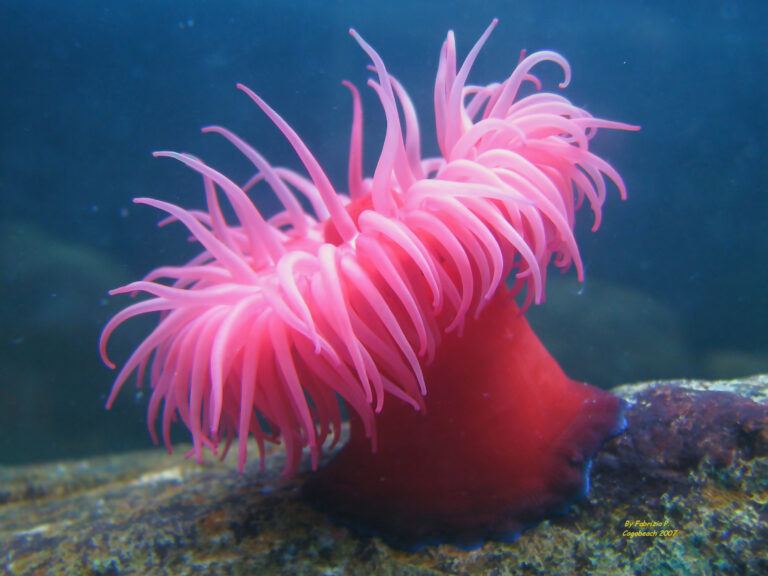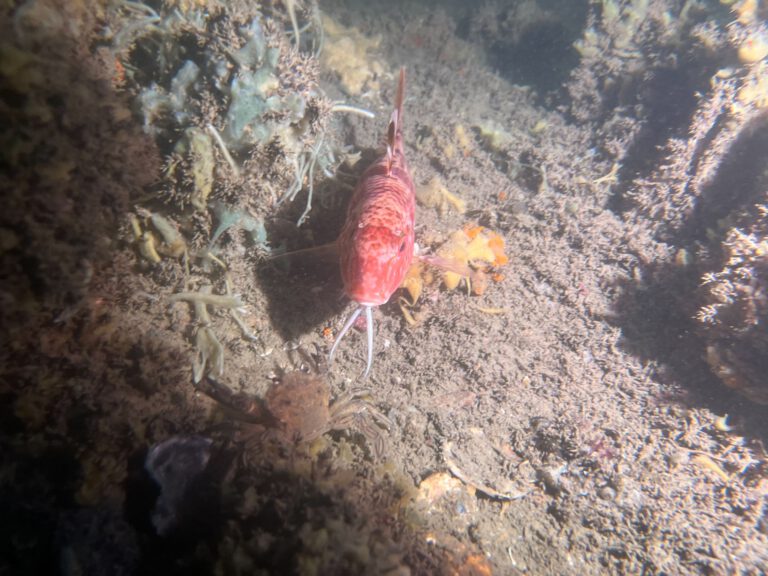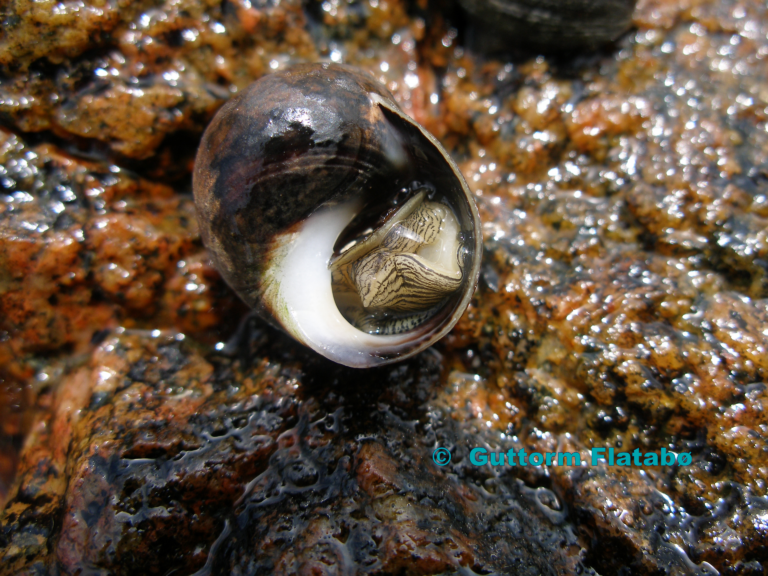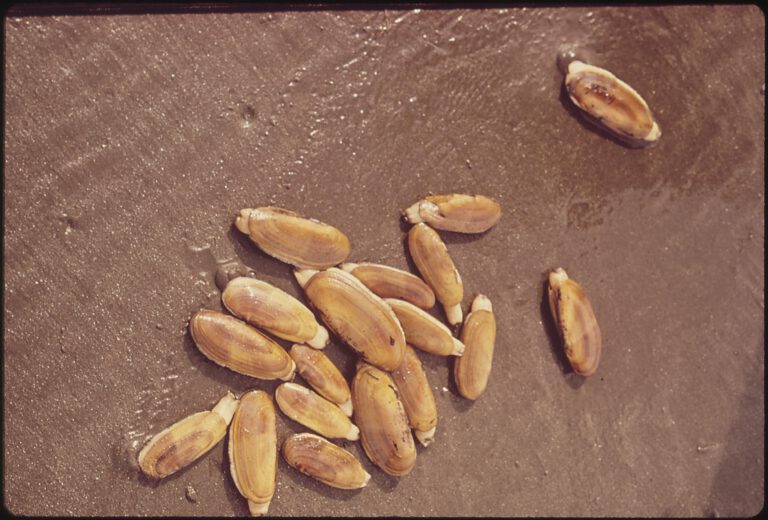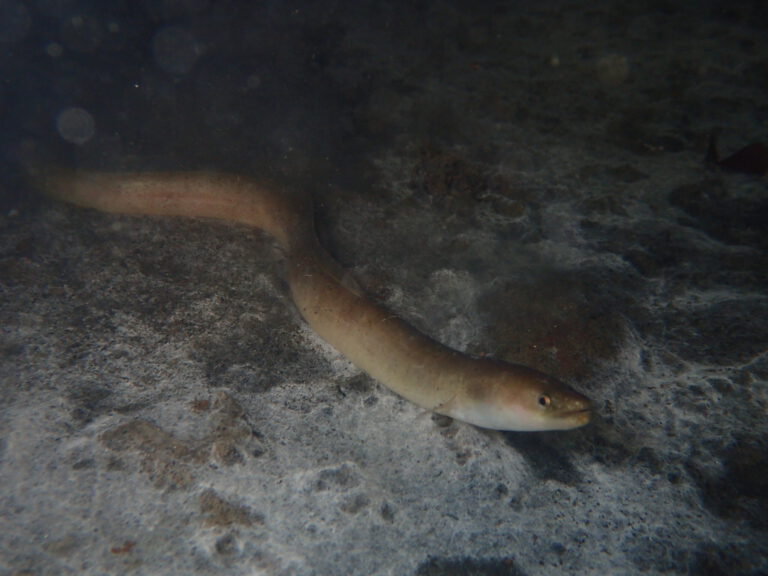Atlantic Cod (Gadus morhua) – Kabeljauw
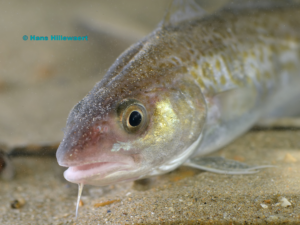
Atlantic Cod (Gadus morhua) - Kabeljauw
- Taxonomy: The Atlantic Cod belongs to the Gadidae family, which includes species like haddock and pollock. They are recognized by their three dorsal fins and whisker-like barbel on their chin.
- Species: There are several species of cod, but the Atlantic Cod is the most widely known, found in both the eastern and western Atlantic.
- Reproduction: Cod spawn in large groups during winter and early spring. Females can release millions of eggs, which the males fertilize externally.
- Habitat: Atlantic Cod are found in cold to temperate waters, typically in depths ranging from 20 to 200 meters, but they can go deeper. They prefer coastal areas, near rocky bottoms or seagrass beds.
- Diet: Cod are carnivores, feeding mainly on smaller fish like herring, as well as mollusks and crustaceans.
- Conservation: Overfishing has greatly reduced cod populations. Conservation efforts are in place to regulate fishing and protect their habitats.
- Unique Anatomy: Their chin barbel helps them detect food on the seafloor, a crucial adaptation for their benthic (bottom-dwelling) lifestyle.
- Lifespan: They can live up to 25 years in the wild, though many are caught before reaching maturity.
Atlantic Cod: A Pillar of Marine Ecosystems
When you imagine marine life in the North Atlantic, Atlantic Cod likely comes to mind. These fish are not only an essential part of the ecosystem but also an important resource for the fishing industry. However, the story of cod is also one of overexploitation and conservation.
What is an Atlantic Cod?
Atlantic Cod are recognized by their elongated bodies, a greenish-brown coloration, and their distinctive barbel, a small, whisker-like appendage on their chin. These fish are native to the cold and temperate waters of the North Atlantic, from the coasts of North America to Northern Europe.
They are often found near the seafloor, where they feed on a variety of smaller fish, squid, and shellfish. Cod are excellent hunters and use their chin barbel to detect prey hiding in the sediment. Unlike many other fish, they are capable of changing their feeding habits based on the availability of prey, which helps them survive in a wide range of environments.
A History of Cod Fishing
For centuries, cod have been a key species for fisheries. In fact, their abundance in the North Atlantic helped fuel early explorations and trade routes. But heavy fishing pressure, especially in the 20th century, led to a dramatic decline in cod populations. Overfishing has pushed some cod stocks to the brink of collapse, particularly in the western Atlantic.
Today, strict regulations and fishing quotas are in place to help rebuild the population, though recovery is slow. Sustainable fishing practices are essential to ensure the long-term survival of this species.
Ecological Importance
Despite their decline, Atlantic Cod remain a cornerstone of marine ecosystems. They play a key role in controlling populations of smaller fish and invertebrates, maintaining the balance in their habitats. Their presence helps sustain healthy ecosystems, including kelp forests and seagrass beds, which are critical for many other marine species.
A Challenging Future
The story of the Atlantic Cod is one of survival, but also of vulnerability. As climate change alters ocean temperatures and fishing pressures remain high, cod populations face an uncertain future. Conserving this species requires international cooperation, sustainable fishing methods, and habitat protection.
Conclusion
Atlantic Cod are more than just a valuable fish for commercial use—they are vital to the health of the North Atlantic’s marine ecosystems. Through sustainable practices and conservation efforts, we can help protect this iconic species and ensure it continues to thrive for future generations.

